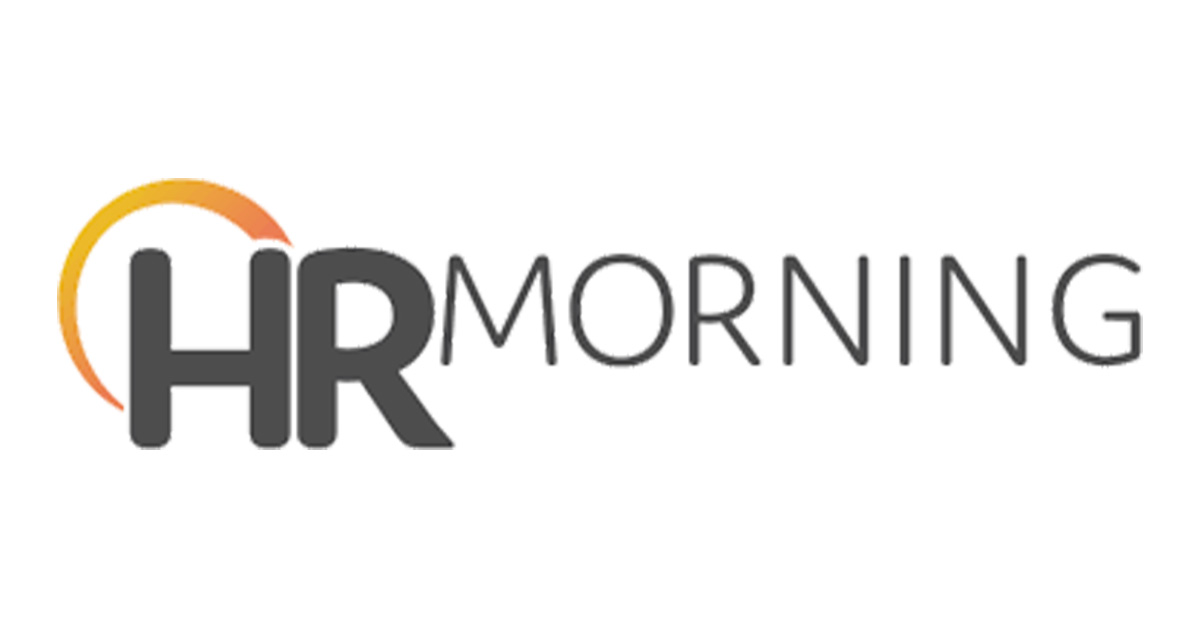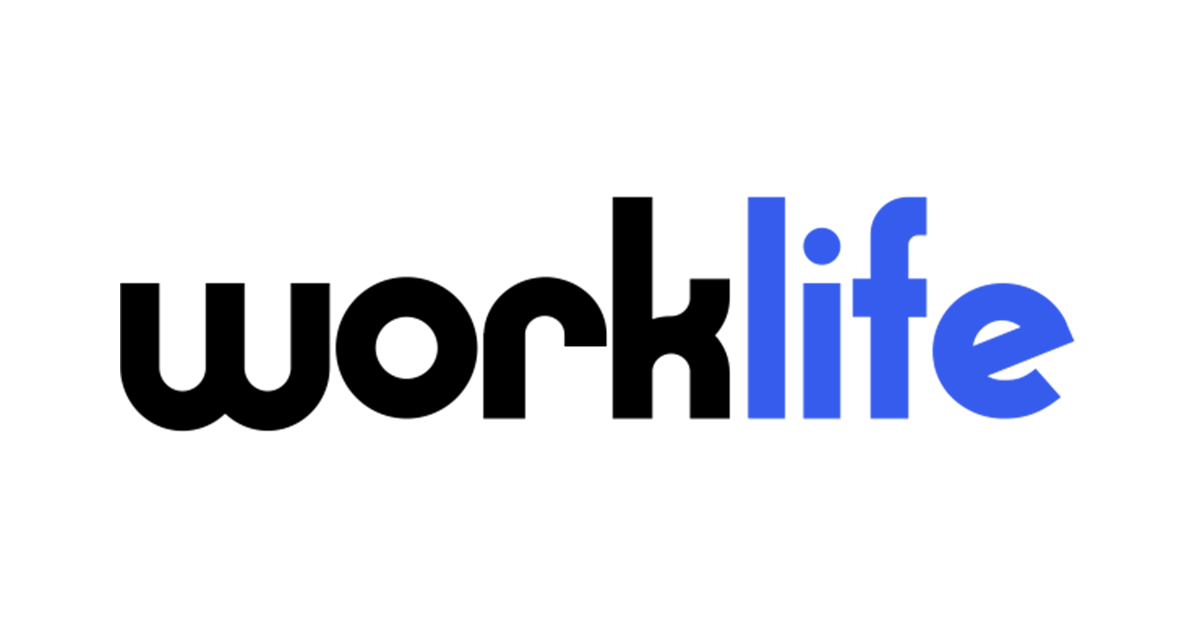Well-defined HR policies and procedures are critical for setting clear expectations for employees and providing a framework for consistent and fair management. HR policies are essential to ensure all team members understand their roles and responsibilities, while HR procedures offer step-by-step instructions on how to carry out various tasks. By establishing and implementing these policies and procedures, companies can foster a structured, transparent workplace environment that minimizes legal risks and promotes efficiency.
In this article, we’ll dive into what HR policies and procedures are, why they’re essential and highlight key examples your company should consider. We’ll also share practical tips for writing and implementing these policies to ensure their effectiveness and compliance with applicable regulations.
What Are HR Policies and Procedures?
HR policies are official rules and guidelines that establish a framework for managing different aspects of employee relations and organizational expectations. These policies cover a wide range of areas, including workplace behavior, employee rights and disciplinary actions. They ensure employees are aware of what is required of them and how they should behave in the workplace.
On the other hand, HR procedures are the step-by-step processes that outline how HR policies should be implemented and followed. These procedures serve as detailed instructions for carrying out specific tasks, ensuring consistency and compliance across the organization. Together, HR policies and procedures help create a structured and fair workplace, guiding employees and managers in their daily operations.
Why Are HR Policies and Procedures Important?
HR policies and procedures are critical to ensure employees and management are on the same page regarding workplace expectations and operations. These guidelines not only create a consistent framework for daily activities but also support the overall well-being and productivity of the workforce. Here are some reasons why HR policies and procedures are critical:
- Clarify Rights and Responsibilities: HR policies delineate employers’ and employees’ rights and responsibilities, promoting a transparent and fair work environment.
- Guide Expected Behaviors: They set clear expectations for behavior and performance, guiding employees and leaders in maintaining a professional and respectful workplace.
- Promote a Positive Work Environment: By establishing standards for conduct and communication, HR policies help foster a happy and healthy workplace where employees feel valued and supported.
- Streamline Conflict Resolution: HR procedures offer a structured approach to resolving disputes and grievances, ensuring issues are handled fairly and efficiently.
- Ensure Compliance with Regulations: They help organizations remain compliant with labor laws and regulations, reducing the risk of legal issues and penalties.
- Support Employee Development: HR policies provide a framework for training and development opportunities, empowering employees to grow and advance in their careers.
- Facilitate Fair Compensation: They create clear guidelines for compensation, ensuring pay practices are fair, transparent and in line with industry standards.
- Enhance Organizational Efficiency: Policies help improve overall organizational efficiency by streamlining HR processes, enabling HR teams to focus on strategic initiatives.
- Show Respect for Employee Needs: HR policies demonstrate an organization’s commitment to respecting and addressing the needs of its employees, promoting a culture of care and consideration.
Having well-defined HR policies and procedures for employees ensures everyone is on the same page, ultimately contributing to a more compliant and trusted workplace.
Key Policies and Procedures Your Company Should Have
Comprehensive HR policies and procedures are crucial for creating a structured and well-managed workplace. Here are essential policies every company should consider to promote clarity, consistency and compliance:
1. Non-Discrimination Policy
A non-discrimination policy ensures that all employees are treated fairly and equally, regardless of race, gender, age, religion, disability or other protected characteristics. This policy is essential for creating an inclusive work environment where diversity is respected and appreciated. Non-discrimination policies not only promote fairness but also protect the organization against potential discrimination claims.
2. Anti-Harassment Policy
An anti-harassment policy outlines an organization’s commitment to providing a workplace free from harassment of any kind, including sexual harassment, bullying and other forms of hostile behavior. This policy defines what constitutes harassment, how it should be reported and the steps the company will take to address complaints. It’s a vital tool for maintaining a safe and respectful work environment.
3. Diversity, Equity and Inclusion (DEI) Policy
A DEI policy outlines a company’s commitment to fostering diversity, equity and inclusion within the workplace. It sets clear goals for promoting these values and details the strategies and practices in place to achieve them, ensuring a culture that respects and leverages diverse perspectives.
4. Social Media Policy
With the increasing use of social media in both personal and professional contexts, a social media policy provides guidance on how employees should conduct themselves online, particularly when representing the company. This policy typically addresses acceptable use, confidentiality and the potential consequences of misuse. It helps protect the company’s reputation and ensures that employees use social media responsibly.
5. Remote Work Policy
As remote work becomes more common, having a remote work policy is essential. This policy outlines the expectations and guidelines for employees who work from home or other off-site locations. It covers aspects such as work hours, communication protocols, data security and performance expectations. A clear remote work policy helps ensure productivity and consistency, even when employees are not physically present in the office.
6. Confidentiality Policy
A confidentiality policy is crucial for protecting sensitive company information, including trade secrets, client data and proprietary processes. This policy defines what constitutes confidential information and the obligations of employees to safeguard it. It helps to minimize the risk of information leaks and reinforces the importance of trust and integrity within the organization.
7. Drugs and Alcohol Policy
This policy sets clear guidelines on the use of drugs and alcohol in the workplace, including the consequences of being under the influence while on duty. It also outlines the company’s stance on drug testing and substance abuse support programs. A well-defined drugs and alcohol policy helps maintain a safe and productive work environment and ensures compliance with occupational health and safety regulations.
8. IT and Data Security Policy
In today’s digital age, an IT and data security policy is essential for protecting the company’s technological assets and sensitive information. This policy covers the use of company devices, data encryption, password management and procedures for handling data breaches. By having robust IT and data security policies, companies can mitigate the risk of cyber threats and data loss.
9. Leave and Absence Policy
A leave and absence policy outlines the types of leave employees are entitled to, such as vacation, sick leave, maternity/paternity leave and unpaid leave. It also provides guidelines on how to request leave and the notice required. This policy ensures that leave is managed consistently and fairly across the organization, supporting both employee well-being and business continuity.
10. Compensation and Benefits Policy
This policy provides clarity on how employees are compensated, including salary structures, bonus schemes and benefits such as health insurance, retirement plans and other perks. It ensures transparency and fairness in compensation practices and helps to attract and retain top talent by offering competitive and well-communicated benefits.
11. Anti-Nepotism Policy
An anti-nepotism policy prohibits the hiring, promotion or direct supervision of relatives within the same organization to ensure fairness and prevent conflicts of interest. It mandates transparent recruitment and promotion processes based on merit and qualifications, not personal relationships.
Having these HR policies and procedures in place is critical for setting clear expectations, protecting the organization and fostering a positive work environment for all employees.
Tips for Writing and Implementing Policies and Procedures
Creating effective HR policies and procedures ensures your organization runs smoothly and consistently. Here are some practical tips to help you successfully write and implement these documents.
- Use Clear, Simple, Gender-Neutral Language: Avoid jargon and overly complex terms. Write in plain language that is easy to understand for all employees, ensuring that the policies are accessible to everyone.
- Structure Content for Readability and Accessibility: Break up text sections with bullet points, numbered lists and subheadings. Use clear naming conventions for documents and hyperlinks to reference materials where appropriate. This makes it easier for employees to navigate and locate specific information quickly.
- Include Definitions and Examples: Define any potentially confusing terms or those that may have multiple meanings. Providing real-world examples helps clarify how policies should be applied in various situations.
- Consult with Stakeholders: Involve key stakeholders in the development process to ensure that the policies are practical, relevant and aligned with the company’s goals. This collaboration helps gain buy-in from all levels of the organization.
- Ensure Legal Compliance: Make sure your HR policies and procedures comply with local, state and federal laws. Regularly review and update the documents to keep them in line with any legal changes or updates.
- Review and Update Regularly: HR policies and procedures should not be static documents. Schedule regular reviews to ensure they remain relevant and practical, updating them as needed to reflect organizational or industry changes.
By following these tips, you can create HR policies and procedures that are clear and comprehensive, guiding your organization toward consistent and fair practices.
Stay Compliant with HR Acuity
Establishing well-defined HR policies and procedures is necessary for creating a structured and fair workplace. Throughout this article, we discussed the importance of having clear guidelines that outline employee expectations, protect organizations from legal risks and ensure compliance with laws and regulations. We also shared key policies your company should consider implementing and provided tips on how to write and enforce them effectively. Having HR policies in place promotes a positive work environment and supports consistent decision-making and fair treatment of all employees.
With HR Acuity, you can ensure compliance and consistency in your employee relations and investigations processes, from intake to aftercare. Our platform makes it easy to effectively manage employee issues, consistently conduct investigations and ensure adherence to ethical standards and regulatory requirements. With best practices built-in, HR Acuity makes it easy to enforce policies when responding to workplace incidents. To learn more, book a demo today.




